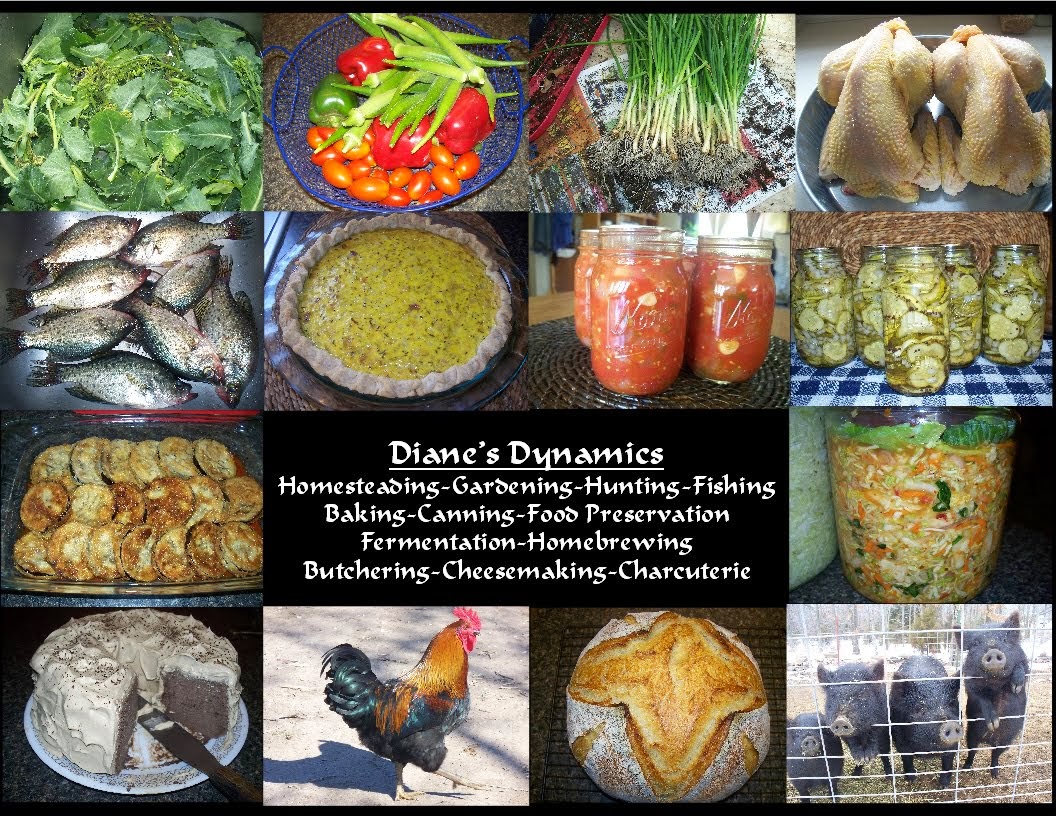 |
| "Nobel Giant" Spinach Seedlings |
One of the things I love about March is the abundance of fresh greens I can harvest from my own garden IF (big IF!) I’ve planned and executed well. We love spinach both fresh and cooked and I do a huge planting of it in September. It overwinters in Texas
After the poor germination episode, I’ve decided that in the future, ALL spinach will be transplanted into my garden. It’s just too valuable to risk not having it available. The really great thing about it is that it it’s easy to germinate in pots and the pots can be very small, taking up little space in the hoophouse or greenhouse, and it grows very quickly. The spinach shown above was started about a month ago and is ready to set out this weekend. There are 63 little (1.5”x1.5”x2”) pots in that flat so it will make for a LOT of spinach in another month or so. I gave it a dose of fish emulsion last weekend and it has really greened up and put on a lot of growth this week. I have another flat that is just now germinating.
I’m still learning the art of seed starting and transplanting on a rotational schedule, but if I’d really been on the ball, I could’ve started it in flats a bit earlier and set it out as early as mid-February. Good to remember for next year! Spinach is day-length sensitive and a crop sown in March will begin bolting about mid-May in Texas
I prefer keeping spinach simple and I don’t bother with hybrids, though I’m told some of the hybrids are slower to bolt than the open-pollinated varieties. I also prefer the savoyed varieties. They are no longer used in commercial production because dirt and insects lodge in the crinkled leaves. For using fresh in salads and on sandwiches “Bloomsdale” is probably our favorite. The “Nobel Giant” shown above can grow very large, making it perfect for cooking with if you let the leaves get too big. I get both varieties thru Willhite Seed, just a few miles down the road from me. They sell both varieties by the quarter-pound for only $3.30. That’s a LOT of seed and it’ll last you a few years if you take care of it.
We’ve never had a problem with disease on our spinach, but spider mites and aphids start munching on it once the weather warms. Both can be controlled with a simple soap spray (a little Dawn in some water) or if you want to get out the big guns, some organic pyrethrum. (I usually just knock the aphids off with a high pressure sprayer.) Spinach is easy in Texas
Spinach and Strawberry Salad
I’m only going to give the dressing recipe here. It is fantastic and reminiscent of the old-fashioned, sweet celery and poppy seed dressings that have always been popular in rural areas. The basic salad is comprised of fresh spinach and sliced strawberries. I often add some crumbled feta cheese and later in the season, I’ll add some sliced red onion and cucumber slices as they become available. My husband’s family has taken to adding a topping of pecans carmelized in sugar and they often substitute a boughten balsamic viniagrette in place of the homemade dressing. No matter how you make it, the combination of fresh spinach (or lettuce) and strawberries is delicious in its season!
½ cup sugar or Splenda
2 tablespoons sesame seeds
1 tablespoon poppy seeds
1 ½ teaspoons minced onion
¼ teaspoon Worcestershire sauce
¼ teaspoon paprika
¼ cup cider vinegar
a few strawberries
½ cup canola or vegetable oil (NOT olive oil!)
Place all of the ingredients in a food processor or blender and blend until smooth. Dressing can be served tossed with the salad or served on the side. If serving tossed, use only about half of it, then serve the remainder on the side.
Curtis’ Favorite Cooked Spinach
Talk about simple and nutritious! I serve this mostly during the winter as a side dish. Amounts are approximate.
Spinach (a gallon, or as much as your stockpot will hold?)
1 Onion, sliced
A little olive oil or other oil/fat
Place the sliced onion in the bottom of the pot and give it a splash of oil. Wash the spinach well, then pack it in on top of the onion with the leaves still wet. Set it on a slow burner and wait for the leaves to wilt, tossing with tongs occasionally if you’re afraid of the onion scorching. When the leaves are wilted (it doesn’t take long), season with a little salt to taste. You can cook it a little longer or serve immediately. (It’s more nutritious with as short a cooking time as possible.)
A Few More Ideas For Spinach
*Chop the leaves into Chicken and Dumplings or Chicken Noodle Soup.
*Chop it finely in the food processor and add it to the dry ingredients when making dumplings.
*Add some chopped into a quiche.
*Dehydrate it and use the powder as a soup/seasoning base.
*Use the dehydrated powder in homemade egg noodles. (That’s usually how colored commercial pasta is made to look green.)

No comments:
Post a Comment